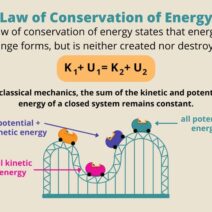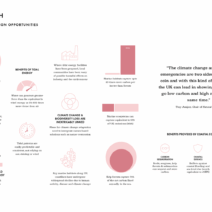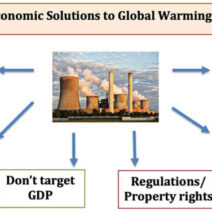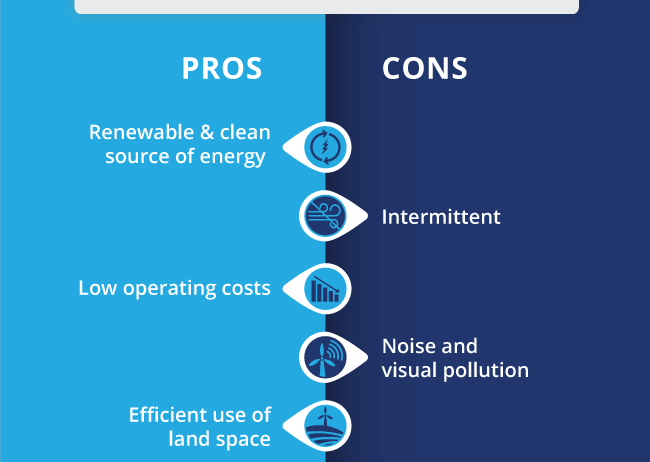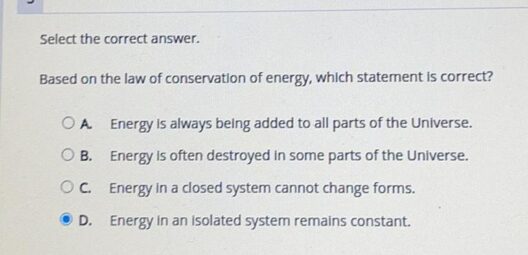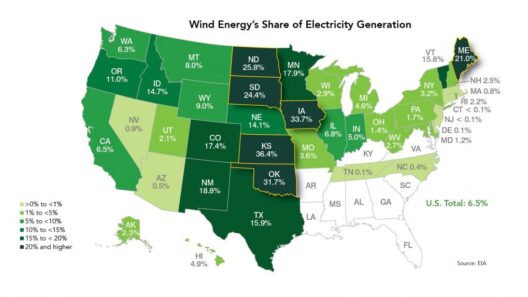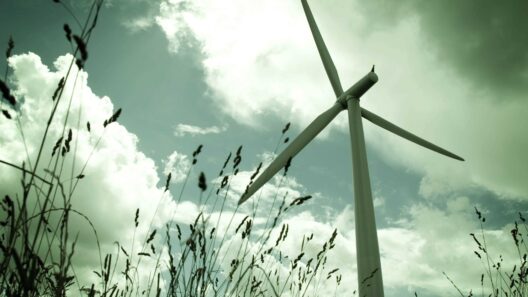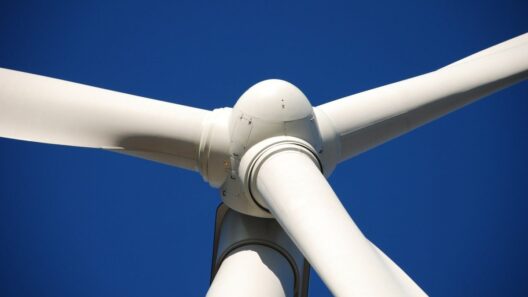Wind energy has increasingly been heralded as a cornerstone of sustainable development and a major player in the race against climate change. However, as with any energy source, the pursuit of wind power is fraught with complexities and challenges. While it offers a myriad of advantages such as reduced greenhouse gas emissions and the prospect of diminishing dependence on fossil fuels, it is equally essential to peel back the layers and critically examine the cons. This article endeavors to illuminate the multifaceted challenges surrounding the adoption of wind energy.
Before we delve into the obstacles facing wind energy, it’s pivotal to acknowledge the paradox that often shrouds this renewable source. The promise of clean energy is alluring, yet its integration into our existing energy infrastructure is not without significant hurdles.
Environmental and Ecological Disruptions
The advent of wind farms can initiate a contentious dialogue about environmental and ecological repercussions. Despite being a clean energy source, the construction and operation of wind turbines can have unforeseen impacts. For instance, large-scale wind farms may disrupt local ecosystems, displacing wildlife and altering habitats. Birds and bats are particularly vulnerable; numerous studies indicate that wind turbine collisions can lead to substantial fatalities in avian populations. This introduces a critical dilemma: how to balance the ecological footprint of wind energy with the pressing need for sustainable power generation.
Additionally, the geographic placement of wind farms is often contested. The proliferation of turbines in pristine landscapes can instigate significant aesthetic concerns. Renowned for their towering presence, wind farms are sometimes criticized for intruding upon natural vistas, which might exacerbate opposition from local communities. This conflict can catalyze broader discussions about land use and conservation priorities.
Intermittency and Reliability: The Weather Factor
Wind energy is inherently tied to climatic conditions, and its variability can pose substantial reliability challenges. The phenomenon of intermittency—where energy generation fluctuates based on wind speed—raises questions about the stability of wind-generated power. Unlike fossil fuels, wind cannot be dispatched on-demand; rather, it necessitates a complementary energy strategy that often leans on backup sources to maintain a consistent supply.
This reliance on ancillary generation methods can sometimes negate the environmental benefits associated with wind energy. In scenarios where wind speeds drop significantly—such as during calm summer days or winter storms—energy supply can falter, forcing utilities to revert to conventional energy sources. Thus, as we laud wind energy for its potential, the issue of energy storage and grid management cannot be overlooked.
Infrastructure and Economic Challenges
The economic landscape of wind energy cannot escape scrutiny either. Although the cost of wind turbines has markedly decreased over the past decade, the initial capital investment required for developing a wind farm can be considerable. Site selection, construction, and maintenance all contribute to a financial burden that may deter potential investors. Additionally, the economic viability of wind energy projects is susceptible to changes in government policies and incentives, which can lead to fluctuations in profitability.
Furthermore, there exists a challenge in integrating wind energy into current grids that were primarily designed for conventional energy sources. The infrastructure inadequacies may lead to inefficiencies and increased costs associated with energy transmission and distribution, which ultimately impact consumers’ bills. The transition to a more adaptive and resilient energy grid is a critical step, yet the path remains fraught with logistical challenges.
Public Perception and Acceptance: The Social Strain
The transition to wind energy doesn’t solely hinge on technical and economic factors; public perception plays a pivotal role. Community opposition can arise from a matrix of concerns, spanning from environmental impacts to issues of noise and visual disturbances. The phenomenon, often referred to as “NIMBY” (Not In My Back Yard), captures the reluctance of communities to welcome wind projects in their vicinity, even as they may support renewable energy initiatives at a broader level.
Involving local populations in discussions about wind energy projects is paramount. Education and transparency can mitigate concerns, fostering a more engaged community, yet this is often overlooked in the rush to develop renewable infrastructure. A failure to address local apprehensions and embrace a participatory planning approach can lead to a tarnished reputation for an otherwise beneficial energy source.
Conclusion: A Path Forward
While wind energy holds vast potential for fostering a sustainable energy future, it is essential to recognize and address the challenges that undermine its adoption. By understanding the interplay between ecological impacts, intermittency issues, economic viability, and public acceptance, stakeholders can shape a more informed strategy for integrating wind power into our energy systems. Addressing these cons does not diminish the promise of wind energy; rather, it enriches the dialogue surrounding it, paving the way for solutions that harmonize ecological integrity with energy innovation. Only through a collected effort to confront these challenges can wind energy realize its full potential and contribute effectively to a cleaner, greener planet.
